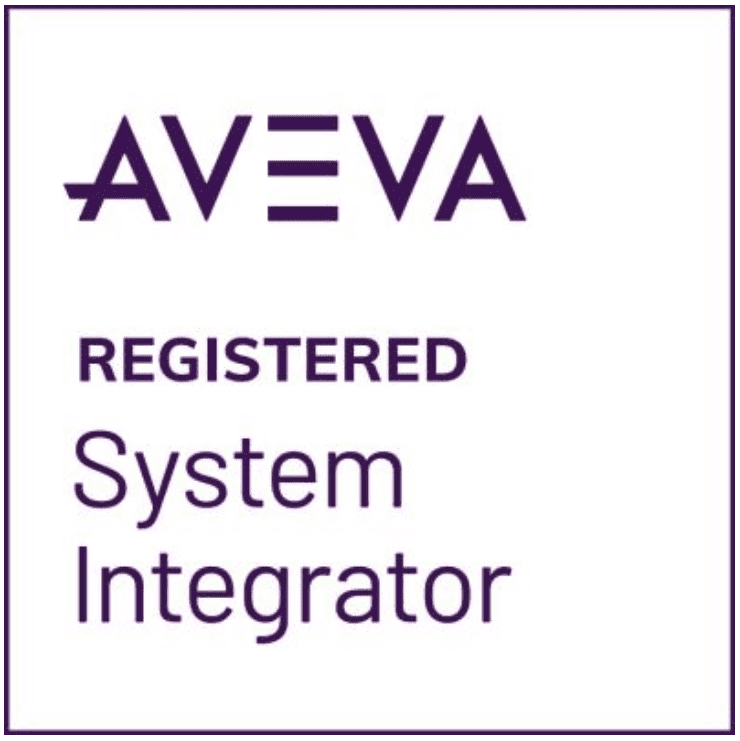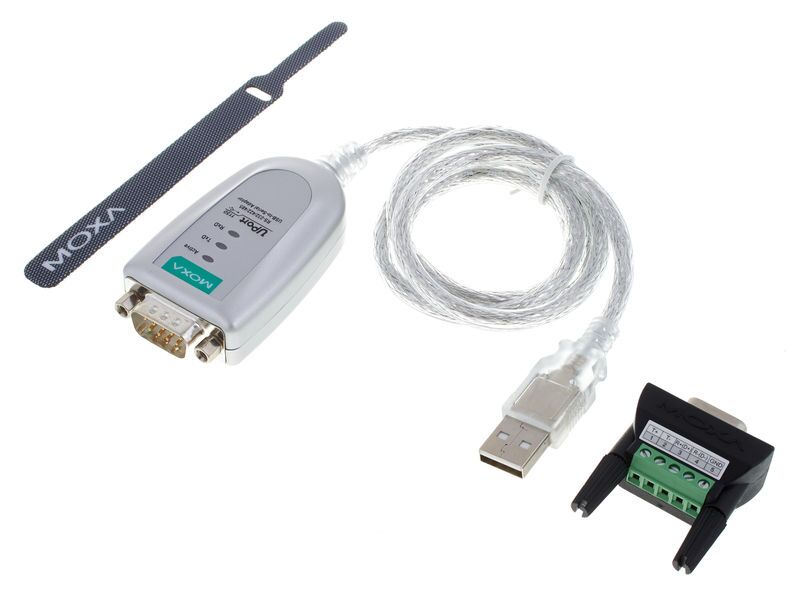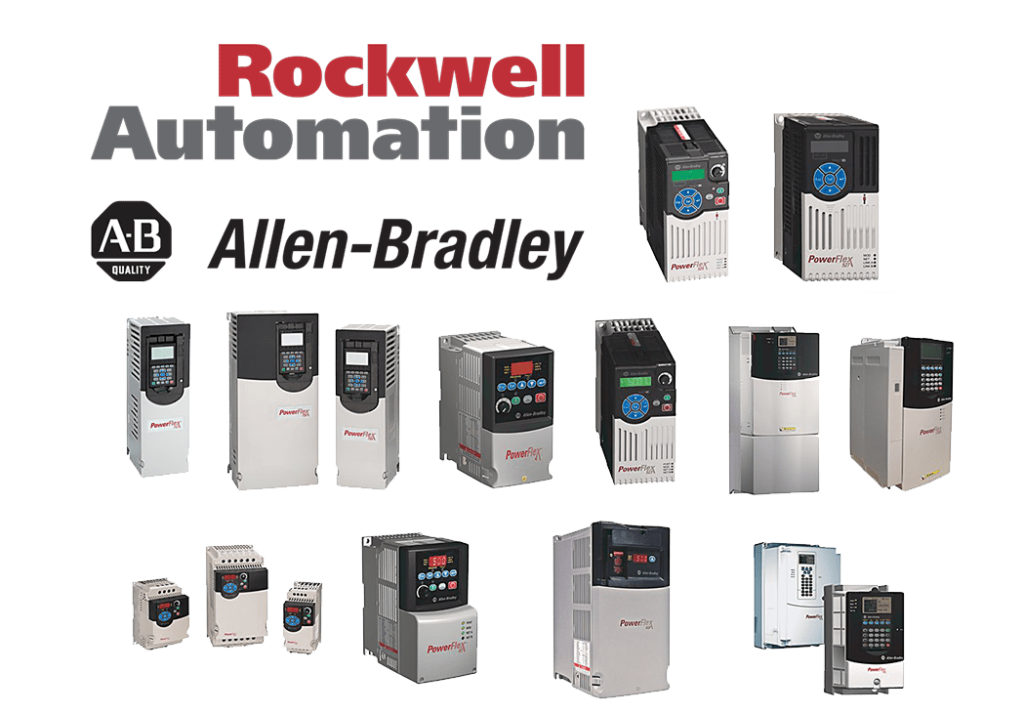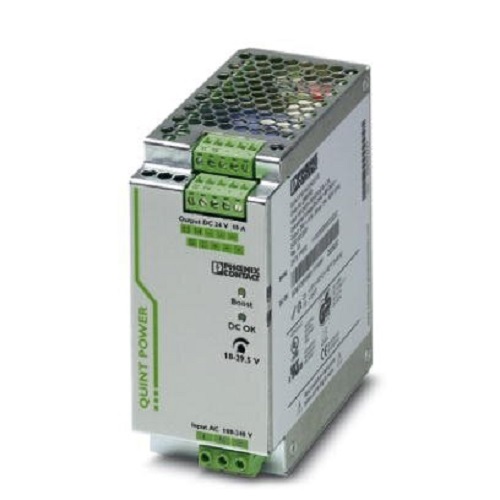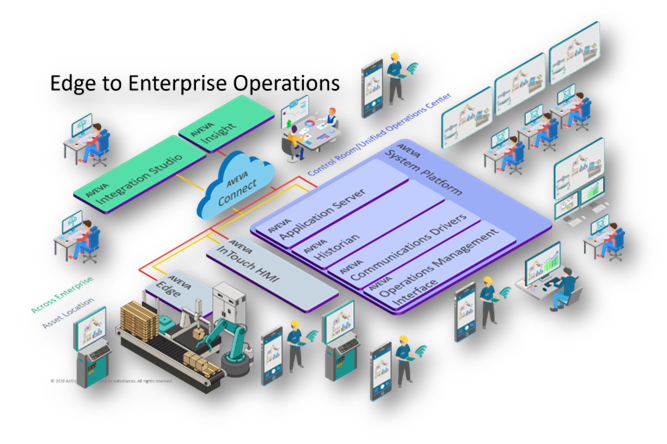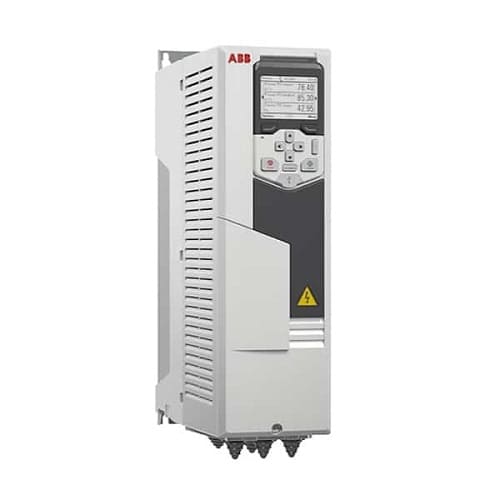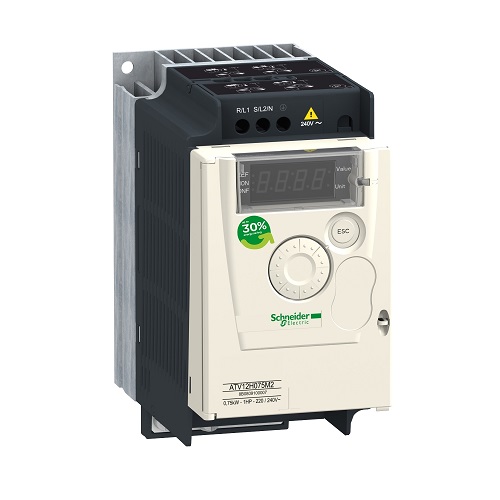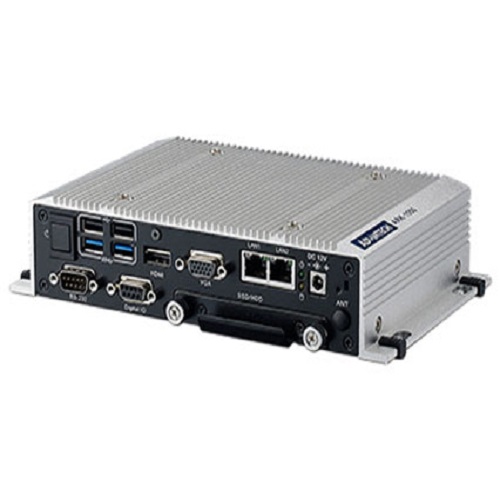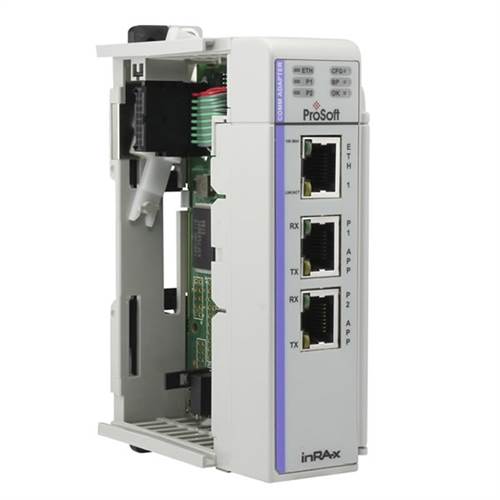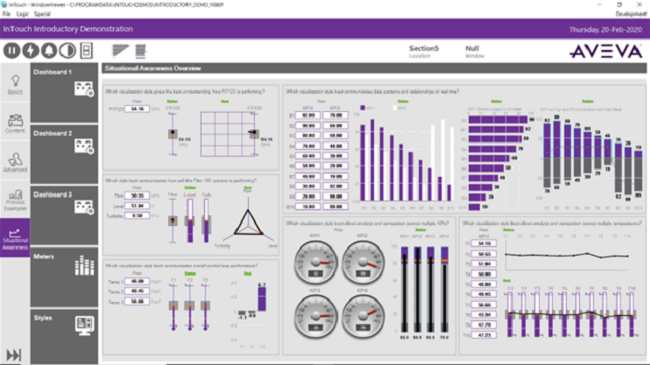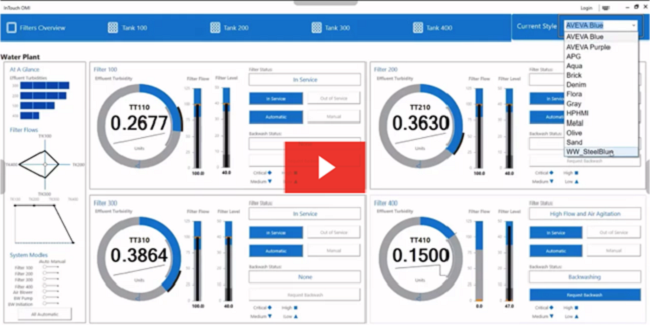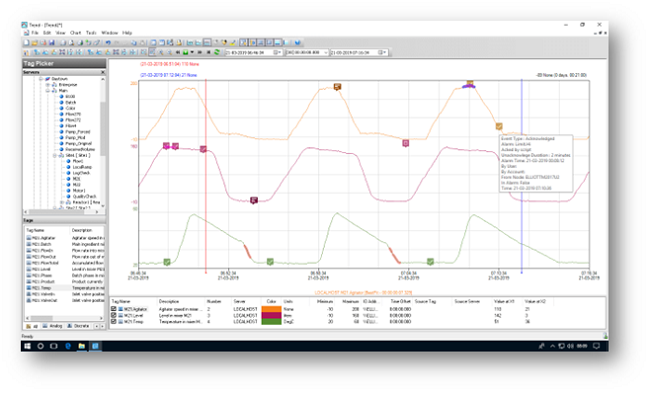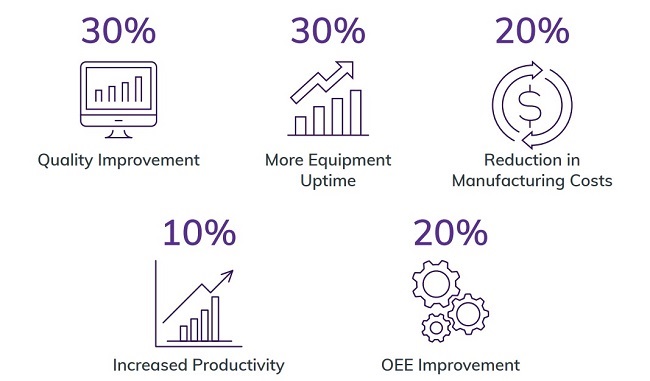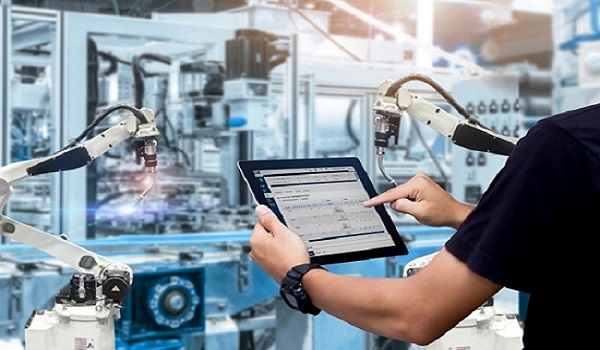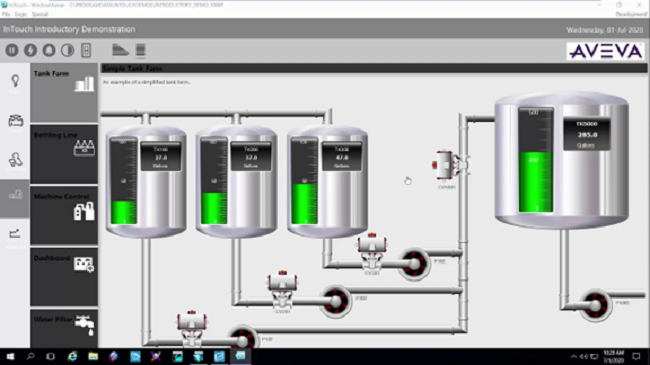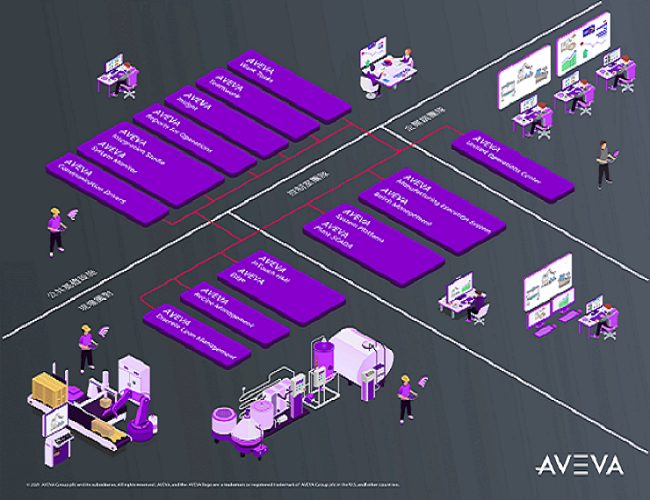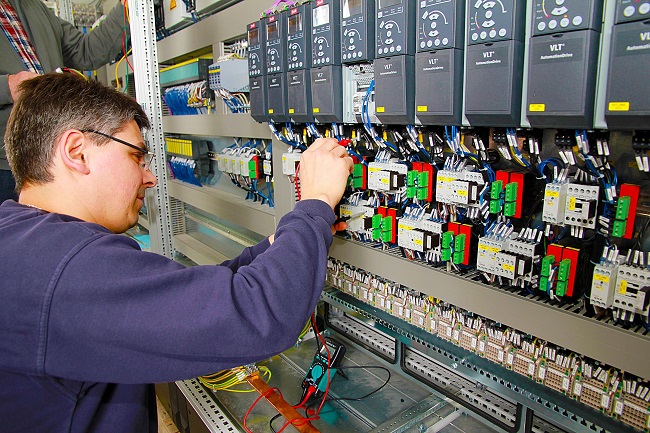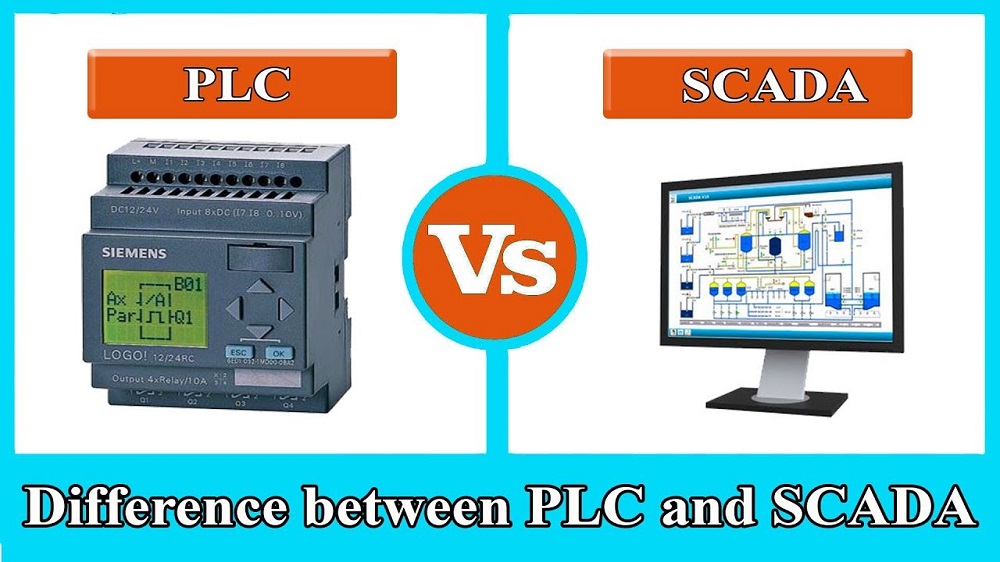Programmable Logic Controller (PLC) and Supervisory Control and Data Acquisition (SCADA) are two different types of control systems used in the process industries for automation and control of industrial processes.
A PLC is a compact, modular device that is designed to control a specific process. It consists of a processor, input/output (I/O) interfaces, and a program stored in non-volatile memory. The program is written in a high-level programming language and is used to control the process by monitoring inputs and executing control algorithms based on the inputs. PLCs are typically used in simple, small-scale applications.
SCADA, on the other hand, is a type of control system that provides a centralized view of a process, allowing operators to monitor and control the process from a single location. It typically consists of a human-machine interface (HMI), remote terminal units (RTUs), and programmable logic controllers (PLCs) or other field devices. The RTUs collect process data and control field devices, and the HMI provides a graphical user interface for operators to view and control the process. SCADA systems are used in larger, more complex processes and provide remote monitoring and control capabilities.
In summary, the main difference between PLC and SCADA is that a PLC is designed to control a specific process, while SCADA provides a centralized view of a process and allows for remote monitoring and control.

